#HAL #AMCA #automation #aerospace #manufacturing #MakeInIndia
SOURCE: RAUNAK KUNDE / NEWS BEAT / IDRW.ORG


The Indian Air Force (IAF) has expanded its vision for the Medium Transport Aircraft (MTA) program, which was initially conceived to replace the ageing An-32 transporters. Now, the IAF plans to use the MTA program to also replace the Il-76 heavy transport aircraft in its fleet over the next seven years. This strategic shift has influenced the dynamics of the program, particularly in terms of participation by the public and private sectors.
State-owned Hindustan Aeronautics Limited (HAL), a major player in Indian aerospace, has chosen to allow private sector companies to take the lead in the MTA program for now. According to a HAL official, speaking to idrw.org on the condition of anonymity, HAL has not yet offered any platform for the MTA program, either independently or in collaboration with a foreign original equipment manufacturer (OEM). The official added that HAL may consider entering the fray once the IAF issues a Request for Proposal (RFP) for the tender. However, at this stage, the three leading contenders have already partnered with private Indian companies.
Continue readingSOURCE: RAUNAK KUNDE / NEWS BEAT / IDRW.ORG
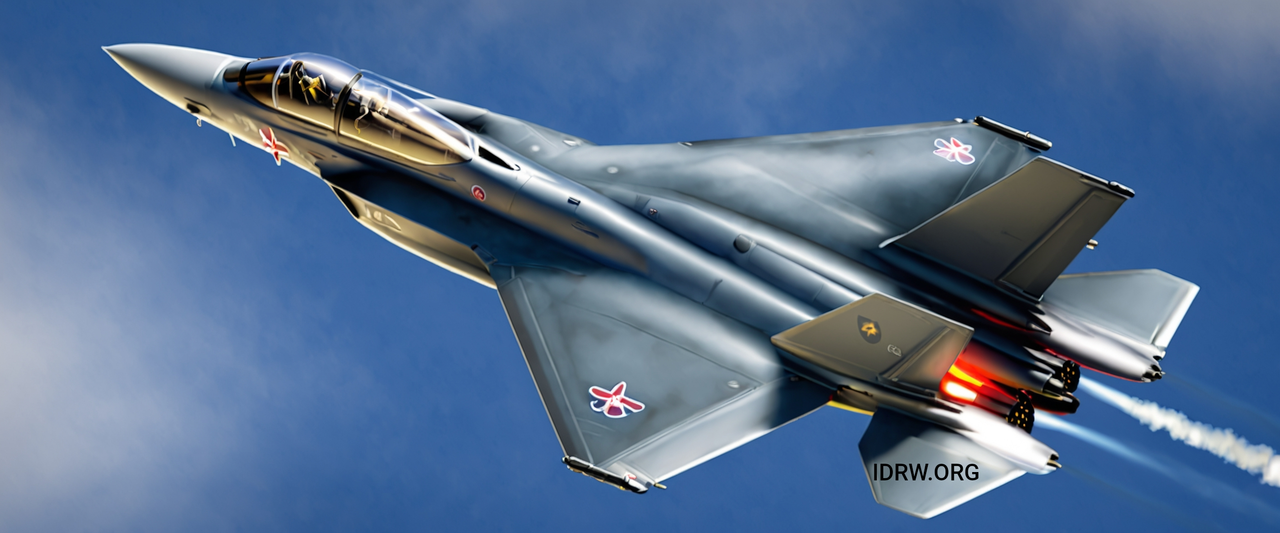

India’s ambitious 5th Generation Advanced Medium Combat Aircraft (AMCA) program, designed to enhance the Indian Air Force’s capabilities, has made gradual yet significant strides, according to industrial sources close to idrw.org. The program, which aims to develop a cutting-edge fighter aircraft with stealth features and advanced avionics, is currently progressing well, with key components nearing completion.
Sources revealed to idrw.org that large portions of the AMCA’s airframe are currently under construction, a crucial phase in the aircraft’s development. The airframe is a critical structural element that supports the aircraft’s various systems, and its construction marks a major milestone in the program. With several components already in the works, the AMCA is on track to take shape in the coming months.
Continue readingSOURCE: RAUNAK KUNDE / NEWS BEAT / IDRW.ORG
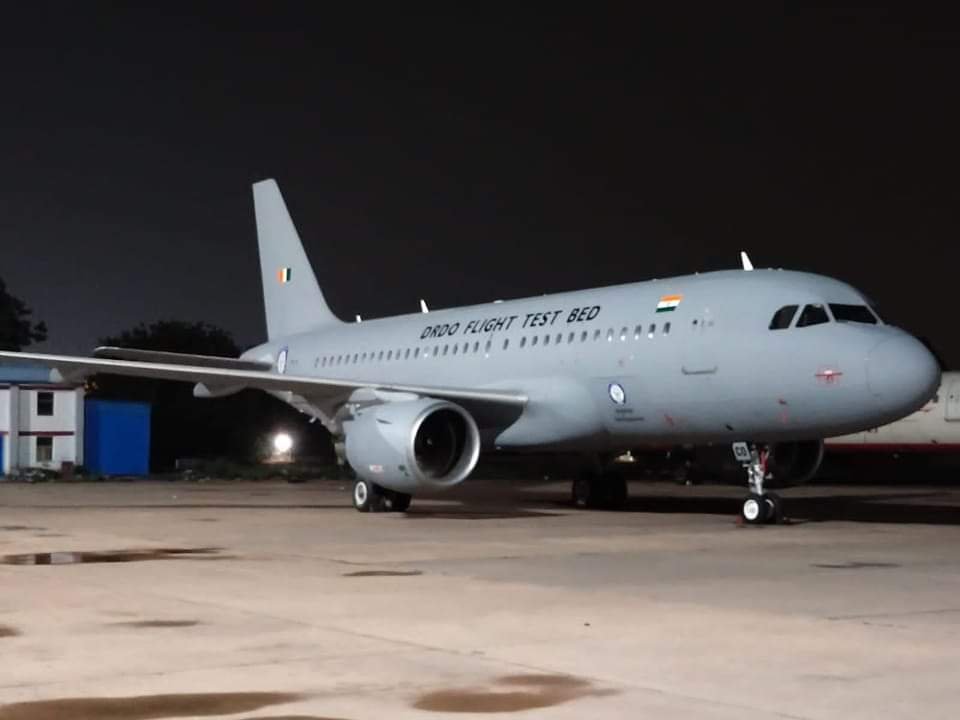

The Indian fighter jet development landscape is witnessing a significant technological advancement with the involvement of the DRDO-owned A319 ‘Anusadhan’ as a flying test bed for the Advanced Medium Combat Aircraft (AMCA) program. This move marks a crucial step toward enhancing India’s self-reliance in aerospace technology and military aviation.
The ‘Anusadhan’, originally an Air India A319, was repurposed by the Defence Research and Development Organisation (DRDO) for testing various indigenous technologies. Now, it is set to be instrumental in the testing phase of the AMCA, India’s ambitious fifth-generation stealth fighter jet project. The aircraft’s primary role will involve testing and validating the avionics, sensors, and other systems that will be integral to the AMCA’s performance.
Continue readingSOURCE: RAUNAK KUNDE / NEWS BEAT / IDRW.ORG


The Aeronautical Development Agency (ADA) is contemplating a shift from the 23mm twin-barrelled Gryazev-Shipunov GSh-23 cannon, currently outfitting the Tejas Mk1A and slated for the Tejas MkII, to a higher-calibre gun for the Advanced Medium Combat Aircraft (AMCA) program. The decision comes as the AMCA, with its projected maximum takeoff weight (MTOW) of approximately 27 tons, offers the capability to integrate a more powerful weapon system.
While ADA has not officially disclosed the replacement, sources indicate that two key options are under evaluation A four-barrelled 25mm Gatling-type cannon and a 30mm GSh-301 cannon, renowned for its reliability and firepower.
Continue readingSOURCE: RAUNAK KUNDE / NEWS BEAT / IDRW.ORG
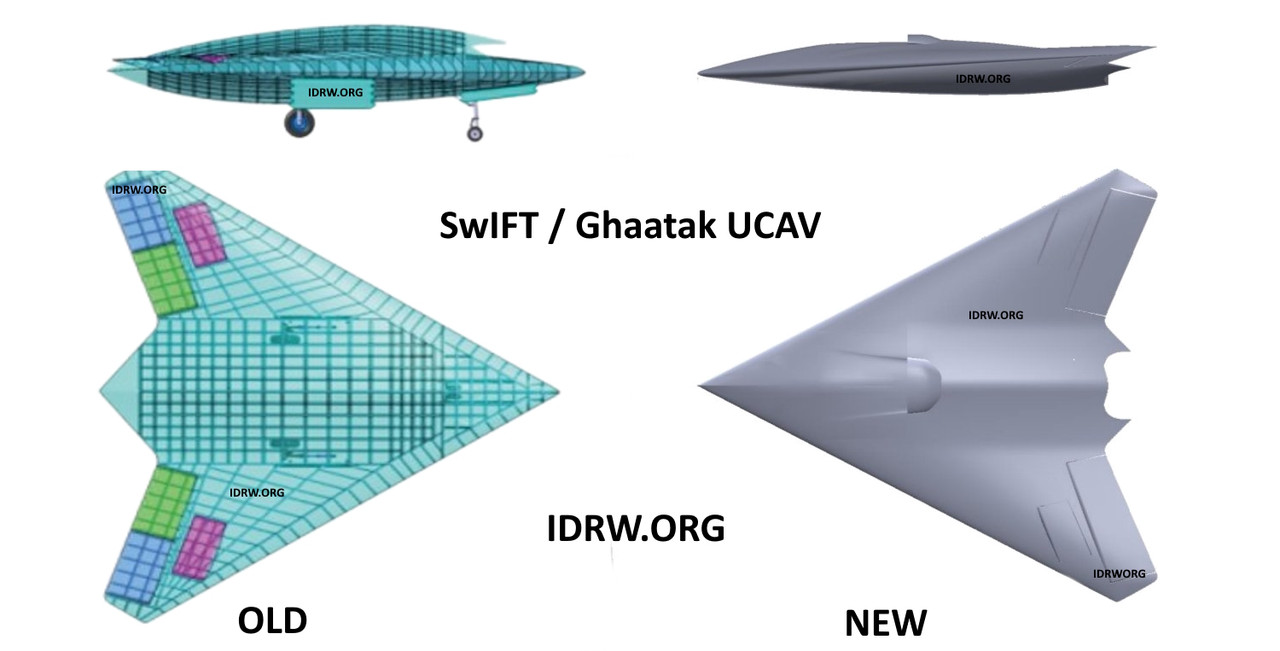

India’s ambitious Advanced Medium Combat Aircraft (AMCA) MkII, slated for operational debut around 2032-33, will be the first fighter jet to integrate an AI-operated unmanned bomber—a Heavy Unmanned Combat Aerial Vehicle (UCAV)—as part of a cutting-edge “family of systems” approach. This innovation represents a significant leap forward in both combat autonomy and aircraft-drone coordination, with the introduction of the Ghatak UCAV, a stealthy drone bomber designed for a variety of high-stakes missions.
The Ghatak UCAV, a 13-ton unmanned aircraft based on a flying-wing design, will be a key asset in the AMCA MkII’s arsenal. Designed with composite materials and stealth coatings, the Ghatak will have a reduced radar cross-section, making it difficult for enemy radars to detect. This UCAV will be able to perform multiple roles, such as Striking enemy radars, Conducting reconnaissance missions, and Acting as a mini-bomber, capable of taking out armored columns and critical enemy infrastructure.
Continue readingSOURCE: IDRW.ORG


Earlier this month, the Supreme Court of India dismissed a Public Interest Litigation (PIL) that sought to halt the export of Indian defense equipment to Israel, citing allegations of war crimes by Tel Aviv in Gaza. The court’s refusal to intervene was rooted in the fact that foreign policy is not within its jurisdiction, deferring the matter to the executive. However, the issue raised by the PIL transcends Israel and touches on a broader debate critical to India’s aspirations to become a major defense exporter.
The question of whether a country should regulate its defence exports based on the actions of its buyers in global conflicts is a normative one. It requires India to balance its moral standing with its strategic and economic ambitions in the global defence market. This debate has gained importance as India seeks to transition from one of the world’s largest arms importers to a competitive exporter of weapons and military systems.
Continue readingSOURCE: RAUNAK KUNDE / NEWS BEAT / IDRW.ORG
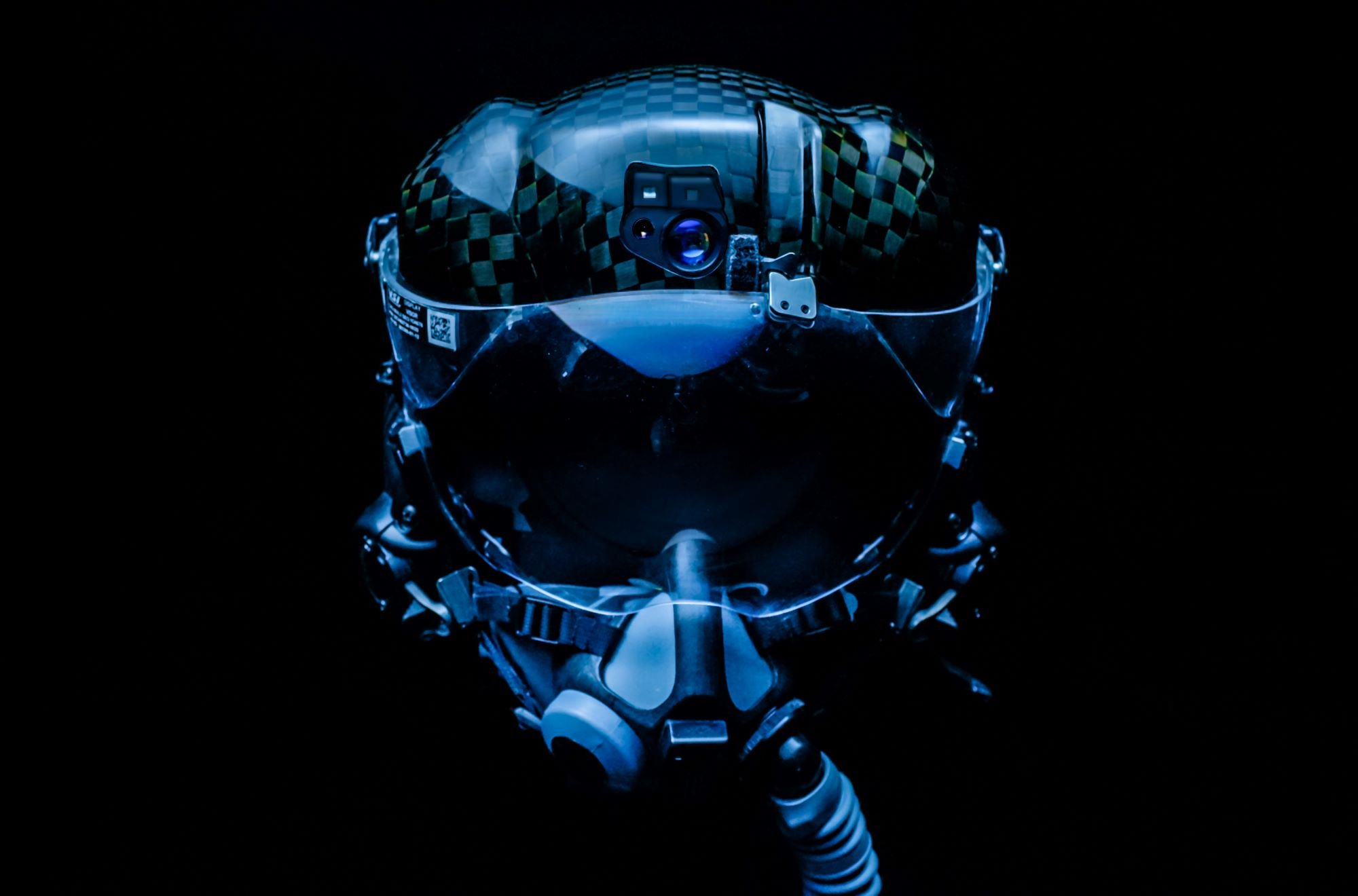

Israeli defence technology firm ELBIT Systems has proposed its expertise in developing a new Helmet Mounted Display (HMD) system that could be integrated with India’s Advanced Medium Combat Aircraft (AMCA) program.
ELBIT’s solution aims to enhance the operational capabilities of the AMCA’s pilots by integrating the HMD with the existing DASH helmet system. This advanced HMD could potentially replace the conventional Head-Up Display (HUD) currently featured in the AMCA cockpit simulator developed by the Defence Research and Development Organisation (DRDO).
Continue readingSOURCE: RAUNAK KUNDE / NEWS BEAT / IDRW.ORG
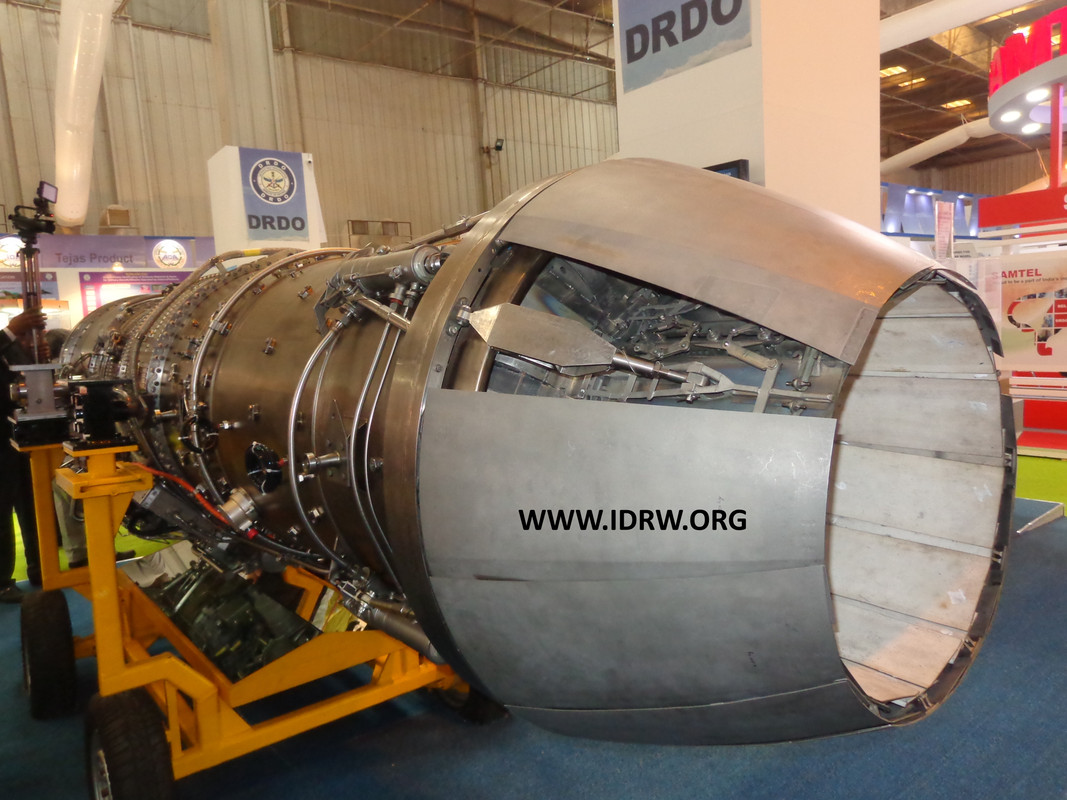

In a recent address at the Khatre Memorial Talks, Samir V. Kamat, Secretary of the Department of Defence Research and Development (DDR&D) and Chairman of the Defence Research and Development Organisation (DRDO), candidly acknowledged a key misstep in India’s fighter jet development strategy.
Kamat stated, “The mistake we made was to develop an engine (Kaveri) and platform (LCA) together.” This misjudgment significantly hampered the progress of the Kaveri engine and the Tejas Light Combat Aircraft (LCA), delaying both projects and preventing the Kaveri from becoming the indigenous power plant for Tejas. That’s never done. You design a platform around the available engine and engine development is a continuous process; that was a rookie mistake.
Continue readingSOURCE: RAUNAK KUNDE / NEWS BEAT / IDRW.ORG


The Gas Turbine Research Establishment (GTRE), India’s premier organization for the development of jet engines, is currently in discussions with several foreign aerospace Original Equipment Manufacturers (OEMs) for the joint development of a new 110kN engine to power India’s ambitious 5th-generation Advanced Medium Combat Aircraft (AMCA) program. Each potential partner has presented unique proposals, including the use of modified flying test-bed platforms, adding an interesting dynamic to the engine development process.
Flying test-beds are crucial in testing jet engines under real-world conditions. These aircraft allow engineers to gather in-flight data, monitor engine performance, and identify areas for improvement. The use of flying test-beds also provides a controlled environment for testing new engines before they are integrated into the actual fighter jet.
Continue readingSOURCE: RAUNAK KUNDE / NEWS BEAT / IDRW.ORG
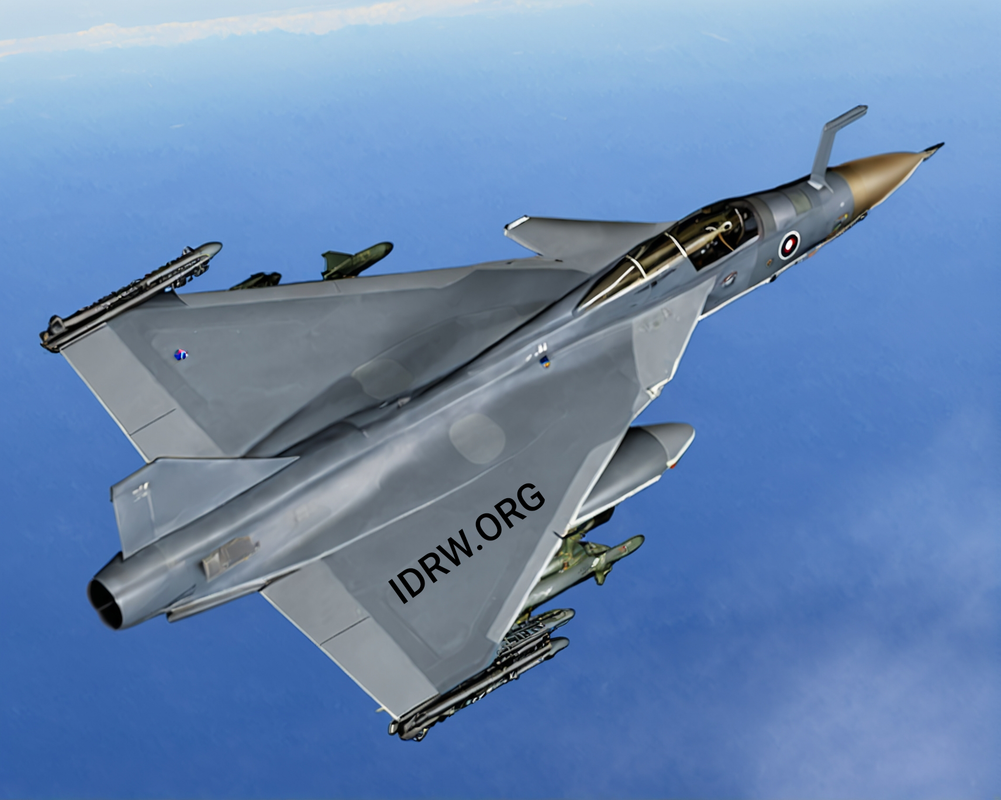

Air Chief Marshal Amar Preet Singh, Chief of the Air Staff (CAS) of the Indian Air Force (IAF), provided a detailed update on the much-anticipated Tejas MkII program during a press briefing on Friday. He outlined key milestones for the program and emphasized the need for greater collaboration with the private sector to expedite the production and operationalization of the indigenous fighter jets. The CAS also reflected on past delays in the Tejas Mk1 project and stressed the importance of learning from those experiences to ensure smoother development for future platforms.
Air Chief Marshal Singh confirmed that the Tejas MkII is on track for its first flight next year, marking a crucial step forward for India’s indigenous fighter program. The research and development (R&D) phase for the Tejas MkII is set to conclude by December 2027, with the IAF planning to induct the first units by 2028. The IAF has already committed to acquiring at least 120 Tejas MkII jets, which are expected to fill a vital role in the force’s combat fleet, especially as older aircraft are phased out.
Continue readingSOURCE: IDRW.ORG


Recent media reports have suggested that the Indian Army has chosen not to deploy its Boeing AH-64 Apache attack helicopters in high-altitude areas due to their limited performance in such regions. However, sources within the Indian Army have clarified to idrw.org that these reports are a misrepresentation of the facts. The Indian Army had never intended to use its Apache helicopters in high-altitude regions, as they were specifically procured to support Strike Corps operations in more suitable terrains.
The Apache AH-64 attack helicopters, globally recognized for their firepower and versatility, were purchased by the Indian Army with a clear operational focus. Contrary to media reports suggesting performance issues in high-altitude environments, Army officials have confirmed that the helicopters were never intended for such roles.
Continue readingSOURCE: RAUNAK KUNDE / NEWS BEAT / IDRW.ORG
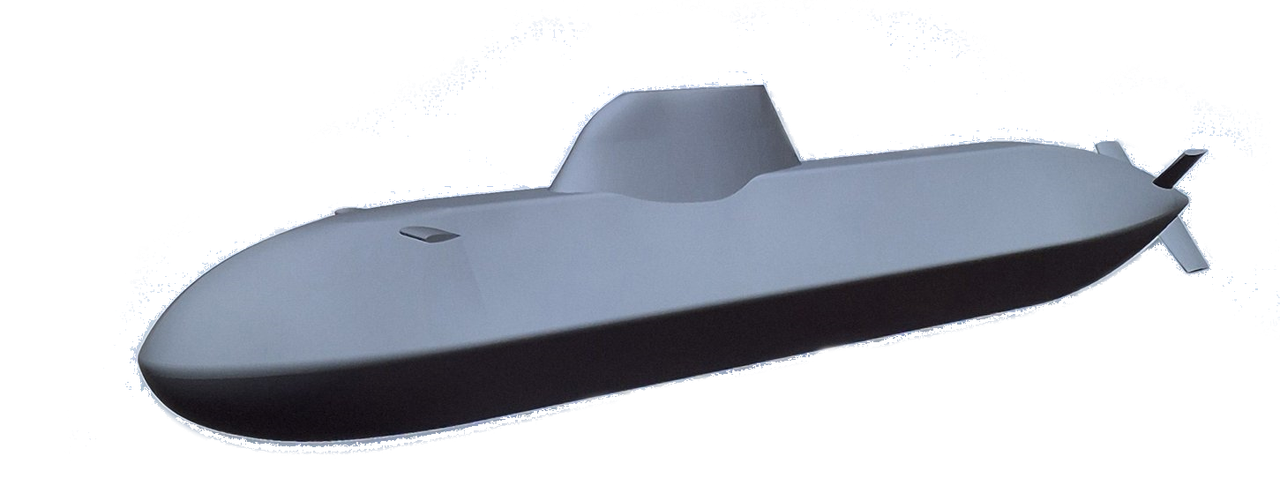

The Indian Navy is set to award a contract for the local manufacturing of six diesel-electric submarines to Mazagon Dock Shipbuilders Limited (MDL) in partnership with ThyssenKrupp Marine Systems (TKMS) of Germany. The German submarine was selected over competing bids from the Spanish shipyard and Larsen & Toubro (L&T).
The Indian Navy was impressed with the German submarine’s performance during field evaluation trials (FET), particularly its Air-Independent Propulsion (AIP) system. The German submarine demonstrated its AIP capabilities during the trials, while the Spanish shipyard’s submarine, which is still under development, is not expected to be operational with AIP until sometime in 2026.
Continue readingSOURCE: RAUNAK KUNDE / NEWS BEAT / IDRW.ORG
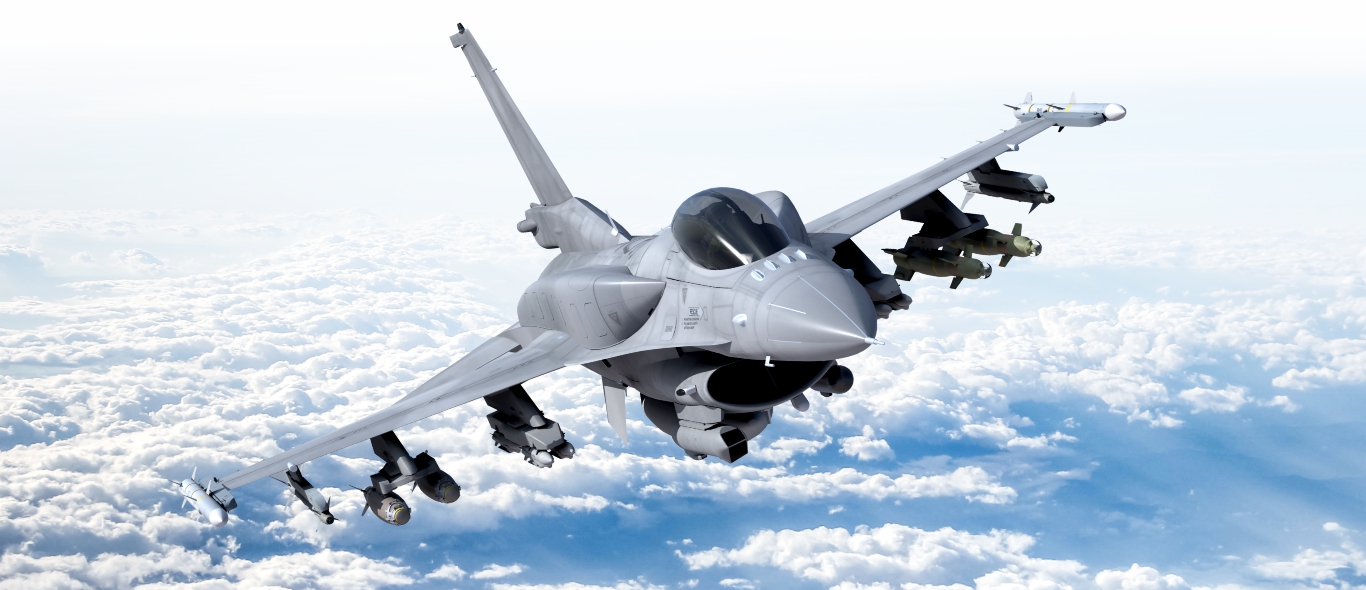

In a conversation with idrw.org, a Lockheed Martin official confirmed that no formal offer has been made to the Indian Air Force (IAF) for the sale of the F-35A fifth-generation fighter jet, despite ongoing speculation following the fighter’s appearance at Aero India 2023. Instead, the company is concentrating on promoting its F-16 variant, now rebranded as the F-21, which includes significant upgrades tailored for India.
The F-21 has been enhanced with a revised glass cockpit, advanced avionics, and features like the Triple Pylon Rail, allowing it to launch multiple AIM-120 air-to-air missiles—a feature not commonly seen on other fighter jets in its class. Lockheed Martin hopes the F-21 will be a strong contender in India’s Medium Multi-Role Combat Aircraft (MMRCA) competition, which seeks to procure 114 aircraft for the IAF, potentially valued at up to $18-20 billion.
Continue readingSOURCE: RAUNAK KUNDE / NEWS BEAT / IDRW.ORG
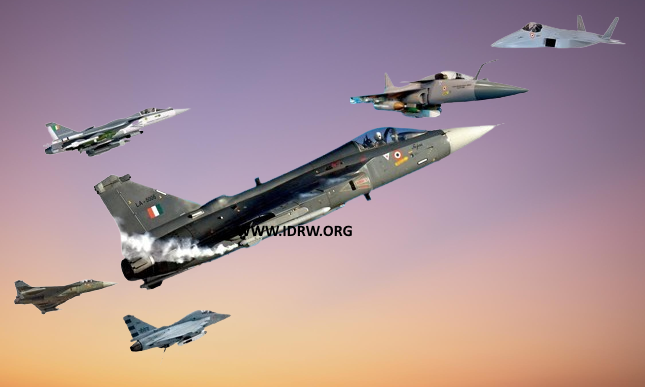

The Indian Air Force (IAF) and Hindustan Aeronautics Limited (HAL) are gearing up for a critical phase in India’s indigenous fighter aircraft development. With the first flight of the Tejas MkII planned for 2026 and the Advanced Medium Combat Aircraft (AMCA) Mk1 expected to take to the skies in 2028, the coordination between IAF and HAL will be tested as they conduct simultaneous developmental flight trials for these ambitious programs.
The experience gained from the developmental flight trials of the Light Combat Aircraft (LCA) Tejas Mk1A is proving invaluable. Lessons learned are being utilized to refine and streamline the flight test regime for both Tejas MkII and AMCA Mk1. The goal is not only to reduce the number of years required for flight trials but also to minimize the total in-flight hours needed to validate the aircraft’s capabilities and readiness.
Continue readingSOURCE: RAUNAK KUNDE / NEWS BEAT / IDRW.ORG
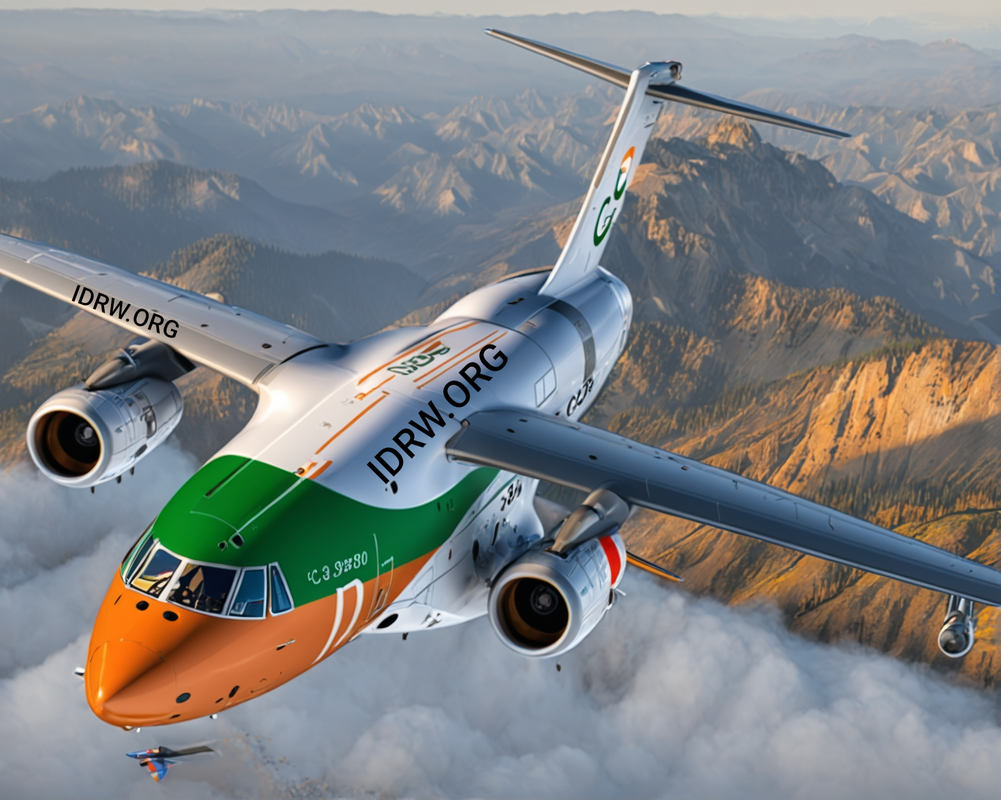

Initial assessments by Indian Air Force (IAF) officials suggest that the Embraer C-390 Millennium transport aircraft might be the most feasible option for its Multi-Role Transport Aircraft (MTA) program, according to IAF sources speaking to idrw.org.
Speaking on condition of anonymity to idrw.org, IAF officials highlighted the C-390M’s design as a key factor in its favour. These officials believe the C-390M’s design offers greater potential for multi-role development compared to that can be used to develop Airborne Warning and Control Systems (AWACS) or Maritime Patrol Aircraft (MPA) platforms.
Continue reading